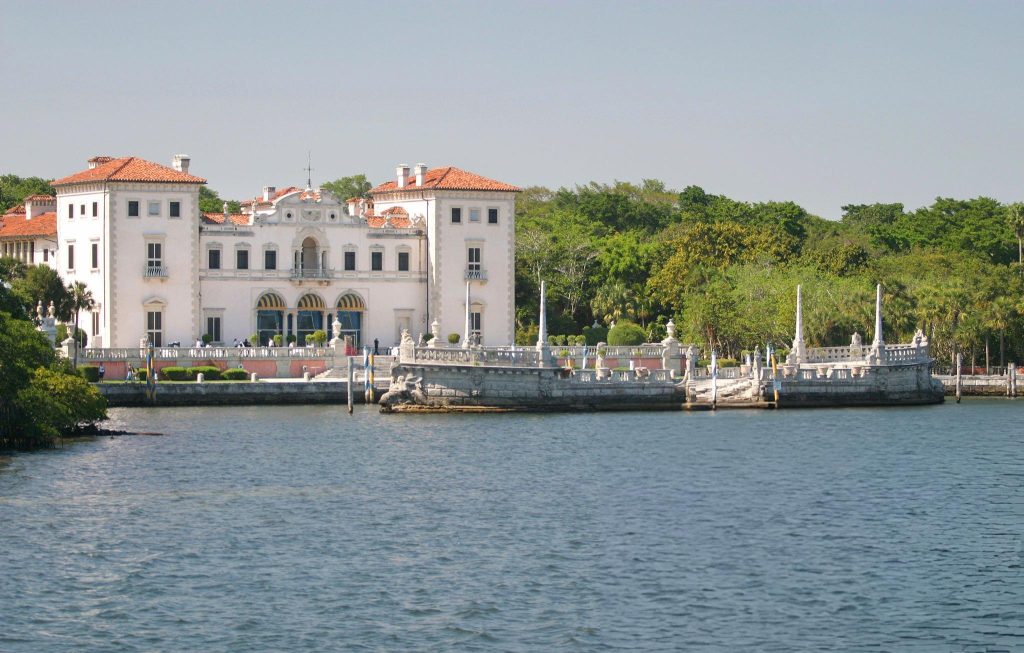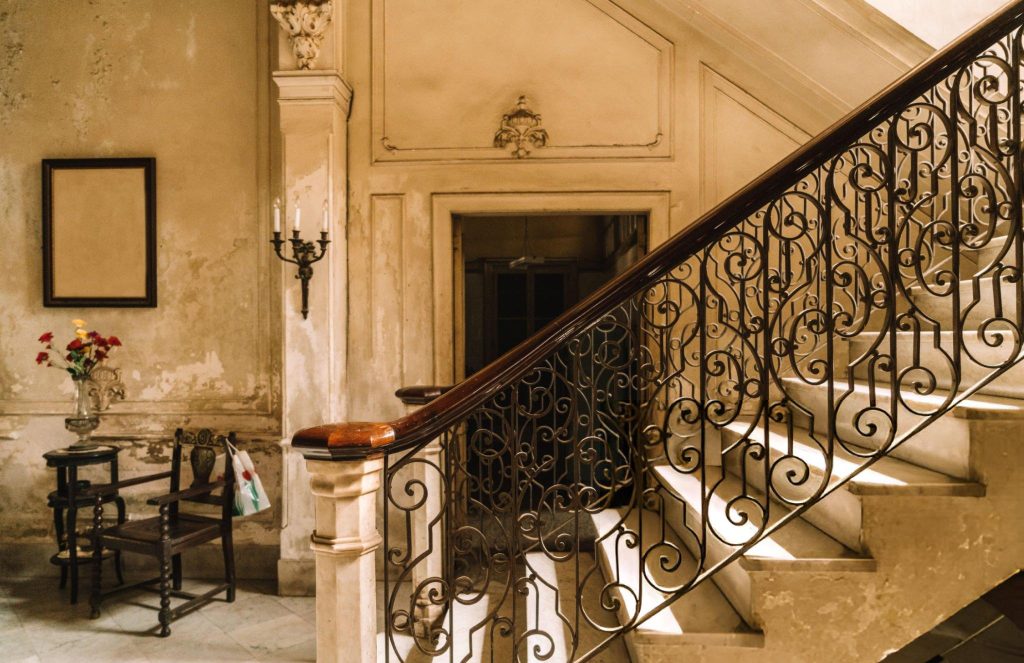
For travelers seeking a connection to history and culture, heritage stays offer a unique opportunity to experience the past in a tangible way. Historic reuse is the practice of restoring and repurposing historic buildings for modern use, transforming old castles, manors, monasteries, and other historic sites into vibrant hotels, inns, and lodges. These heritage properties allow visitors to immerse themselves in history while enjoying the comforts of contemporary accommodations.
Heritage stays are more than just accommodations—they represent a commitment to preserving architectural, cultural, and historical legacies for future generations. By repurposing historical buildings for modern hospitality, heritage stays help keep the past alive and accessible to today’s travelers. This article explores the rise of historic reuse in travel, the benefits of heritage stays, and some of the most remarkable examples of these preservation efforts worldwide.
The Rise of Historic Reuse and Heritage Stays
Historic reuse is a growing trend in the hospitality industry, driven by a renewed interest in cultural preservation and sustainability. Many heritage buildings, from palaces and castles to factories and convents, have architectural and historical significance that reflects a bygone era. However, preserving these buildings can be costly, and neglect often leads to deterioration. Rather than letting these landmarks fall into disrepair, developers, preservationists, and hoteliers are working together to restore these sites and give them new life as destinations for travelers.
Heritage stays have gained popularity for several reasons. First, they offer guests an immersive experience, allowing them to stay in spaces rich with history and character. Second, they support sustainable tourism by repurposing existing structures instead of constructing new ones. This practice reduces waste, conserves resources, and minimizes environmental impact. Finally, heritage stays promote cultural preservation by generating revenue that can fund ongoing restoration and maintenance, ensuring that these historical sites remain part of the community. Let’s look at this travel trend for 2025 in more detail.
What Makes a Heritage Stay Unique?
Heritage stays offer something that few modern hotels can replicate—a sense of place deeply rooted in history. Here are some elements that make heritage stays a distinctive experience:
- Authentic Historical Atmosphere
Heritage stays are often filled with historical artifacts, period furniture, and architectural details that evoke the building’s original era. Whether it’s a medieval castle with grand stone walls or a colonial mansion with vintage decor, these properties offer an authentic atmosphere that transports guests to a different time. Staying in such a setting allows travelers to appreciate the craftsmanship and design of previous generations. - Architectural Significance
Many heritage properties are preserved for their architectural importance, showcasing styles and techniques that are no longer commonly used. From intricate woodwork and stained glass to sweeping staircases and vaulted ceilings, these structures are often a testament to the artistry and innovation of their time. By preserving these architectural elements, heritage stays allow travelers to witness the beauty of traditional design up close. - Cultural and Historical Education
Heritage stays often provide educational experiences, offering guided tours, historical exhibitions, or storytelling sessions about the building’s past. Many properties partner with local historians or museums to create an enriching experience that enhances guests’ understanding of the site’s historical context. These offerings make heritage stays not only a place to rest but also a source of knowledge and inspiration. - Personal Connection to Local Heritage
Heritage stays are deeply tied to their locations, allowing travelers to experience the culture, customs, and traditions of the area. Local artisans, chefs, and guides often contribute to the heritage stay experience, creating a connection to the community and its heritage. This integration of local talent and resources enhances the authenticity of the stay, providing guests with a unique perspective on the region’s history and culture.

Benefits of Historic Reuse for Communities and the Environment
The reuse of historic properties for hospitality provides significant benefits, not only for travelers but also for local communities and the environment:
1. Economic Support for Local Communities
Heritage stays generate income for local communities, especially in rural or underserved areas where tourism is a primary source of revenue. By attracting visitors, these properties provide jobs, support local artisans, and encourage economic growth. Revenue from heritage stays often funds continued restoration efforts, helping ensure that these landmarks remain open and accessible to the public.
2. Environmental Sustainability
Historic reuse aligns with the principles of sustainable tourism by reducing the need for new construction. Repurposing an existing building conserves materials and resources, minimizing the carbon footprint associated with construction. Many heritage properties also adopt eco-friendly practices, such as using locally sourced food, energy-efficient lighting, and water conservation measures, further supporting sustainability goals.
3. Preservation of Cultural Heritage
Transforming historic buildings into accommodations allows these sites to be maintained and preserved rather than neglected or demolished. Heritage stays ensure that future generations can experience these places, helping to safeguard cultural and architectural heritage. By bringing new life to historic structures, these properties honor the past and prevent the loss of important cultural assets.
4. Enhanced Tourism Appeal
For many travelers, heritage stays add a layer of depth and meaning to their travel experiences. By offering accommodations steeped in history and character, heritage stays attract visitors who are interested in culture, history, and sustainability. This appeal often extends to international travelers, making heritage stays a valuable asset for tourism development.
Remarkable Examples of Heritage Stays Around the World
From Europe’s castles to Asia’s temples, heritage stays can be found in every corner of the globe. Here are a few exceptional examples that demonstrate the power of historic reuse:
- Ashford Castle, Ireland
Built in the 13th century, Ashford Castle has been transformed into a luxurious hotel while retaining its medieval architecture and charm. With grand stone walls, a moat, and sprawling gardens, Ashford Castle offers guests a true castle experience. The hotel’s commitment to preservation extends to its interiors, where antique furniture and original woodwork maintain the property’s historical character. - Giraffe Manor, Kenya
Giraffe Manor, a 1930s mansion in Nairobi, has become an iconic heritage stay for its unique combination of wildlife conservation and hospitality. Guests at Giraffe Manor can interact with resident Rothschild giraffes, who are part of a conservation program to protect this endangered species. The property preserves the colonial architecture and style of the original mansion, creating a memorable stay that combines history and nature. - Parador de Santiago, Spain
Located in Santiago de Compostela, the Parador de Santiago is a historic hotel housed in a 15th-century hospital built to shelter pilgrims. The building’s Gothic architecture, vaulted ceilings, and ornate chapels evoke the atmosphere of medieval Spain. As a member of the Paradores network, which repurposes historic buildings as hotels, the Parador de Santiago offers guests a chance to experience the region’s rich cultural heritage. - Amangalla, Sri Lanka
Located within the historic Galle Fort, a UNESCO World Heritage site, Amangalla occupies a colonial-era building that dates back to the Dutch period. The hotel has been carefully restored to preserve its colonial architecture, including grand staircases, wooden shutters, and traditional furnishings. Amangalla offers an immersive experience that connects guests to Sri Lanka’s colonial past and vibrant culture.

Tips for Enjoying a Heritage Stay
For travelers interested in experiencing a heritage stay, here are a few tips to make the most of the experience:
- Research the History of the Property
Understanding the background of the building and its historical significance can enrich your stay. Many heritage properties offer materials or guided tours that provide insight into the site’s past, adding depth to your experience. - Support Local Artisans and Services
Many heritage stays feature locally crafted decor, food, and art. By supporting these services, you contribute to the community and enhance your experience with authentic local touches. Look for activities that allow you to interact with local artisans or participate in traditional crafts. - Respect the Property and Its Heritage
Heritage properties are often fragile, and respecting their preservation efforts is essential. Follow any guidelines provided by the property regarding care and conduct. Remember that your actions contribute to the long-term sustainability of these historic sites. - Immerse Yourself in the Experience
Heritage stays offer an escape from modern life, so take the opportunity to immerse yourself fully. Whether enjoying a traditional meal, exploring the property’s grounds, or admiring its architecture, allow yourself to experience the history and culture embodied in the space.
Conclusion: Celebrating the Past Through Heritage Stays
Historic reuse and heritage stays represent a bridge between past and present, preserving cultural landmarks while providing modern travelers with unique and meaningful experiences. These properties not only offer an alternative to conventional hotels but also contribute to cultural preservation, environmental sustainability, and community support. For travelers seeking an authentic connection to history and place, heritage stays provide a compelling option that goes beyond ordinary hospitality.
As interest in heritage stays continues to grow, the future of historic reuse looks bright. By transforming historic buildings into living spaces, we honor the stories, craftsmanship, and traditions of the past—ensuring that these remarkable places remain part of our shared heritage for generations to come.